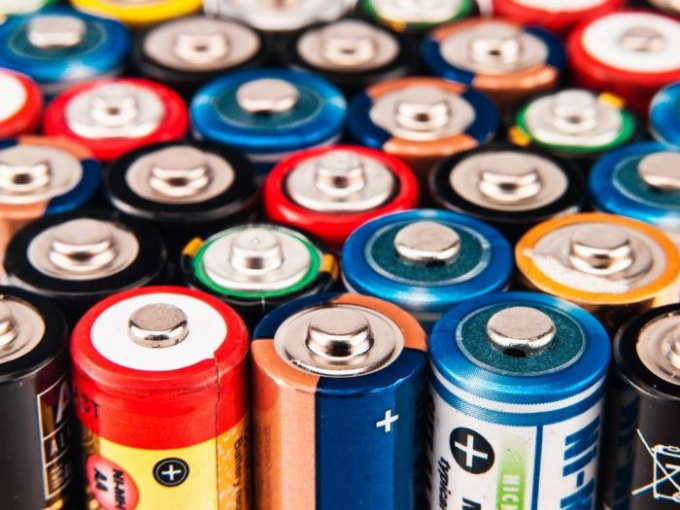Manganese batteries over alkaline
The first battery was invented by Italian physicist Alessandro Volta in 1800, and she was salt. His discovery consisted in the fact that he joined the metal disks of zinc and silver, and saturated brine cardboard. Since then scientists have perfected the design and composition of the batteries.
In 1820, British scientist John Daniel has developed a battery in which the electrolyte is to use zinc sulfate and copper. The power of such devices was 1.1 volts, and they could last for 100 years when used in door calls, phones and other devices.
Alkaline batteries were first developed in the late 19th - early 20th century scientists Thomas Edison and Waldemar Hungarom. The General public, they were presented only in 1960. First sold alkaline batteries contained a small amount of mercury. In the modern quantity reduced to a minimum.
How do the batteries
To understand the difference between alkaline and carbon zinc batteries, refer to the General principle of operation of these devices. When the battery connects the device, there is a reaction, which appears in electrical energy. Such a reaction is called electrochemical.
Inside the battery the electrons move, creating an electric current, from which feed devices. The anode and cathode separated by an electrolyte, i.e. an insulator. The electrons gather around the anode, the negatively charged end of the battery. They move to the cathode, when the two opposite end of the battery connect the wire from the outside. Once the device is turned off, the connection disappears, and with it the electric current. The anode in batteries is zinc and cathode is manganese dioxide.
Difference in the saline and alkaline batteries
The most common are carbon zinc batteries and zinc. In a zinc salt battery, the electrolyte consists of a salt - chloride of zinc.
In General, the efficiency of alkaline batteries are superior to saline in 5-7 times.
Unlike salt, in alkaline batteries the electrolyte is the salt solution used in the alkali solution (potassium hydroxide). Alkaline batteries are more efficient compared to saline. The secret is that instead of the zinc casing is used, the powder of the same metal, and the alkali by interacting with the cathode and the anode, produces more energy. A vivid example alkalinous batteries is Duracell.
Zinc manganese batteries can operate in temperatures from -20 to +70 ° C. Their standard sizes AA and AAA and can be used in a variety of devices, from flashlights to clocks. The shelf life is on average 2 years.
The average power of the battery is 1.5 volts.
Alkaline (alkaline) batteries will last longer. They can be stored up to 10 years. Due to the alkaline electrolyte they work better at low temperatures. In size they do not differ from saline.
Until recently alkaline batteries were impossible to recharge, but lately it has become possible. Such batteries not only can be recharged again and again, but they are able to hold a charge for many years. This is a great environmental advantage of such batteries.
Alkaline batteries better meet the needs of the modern market, since its power consumption is constantly increasing.
